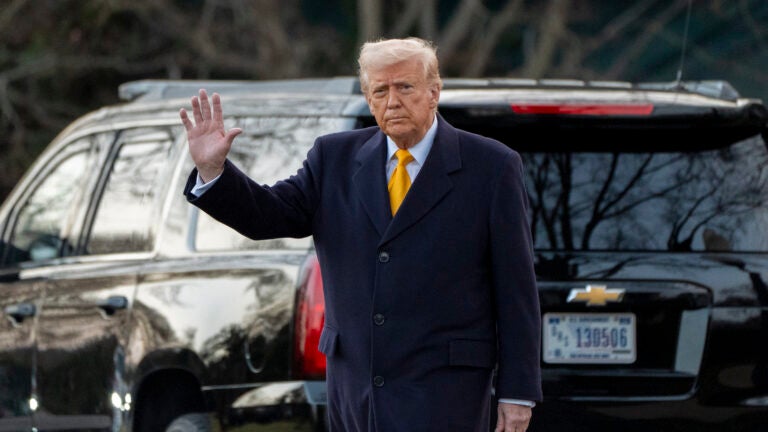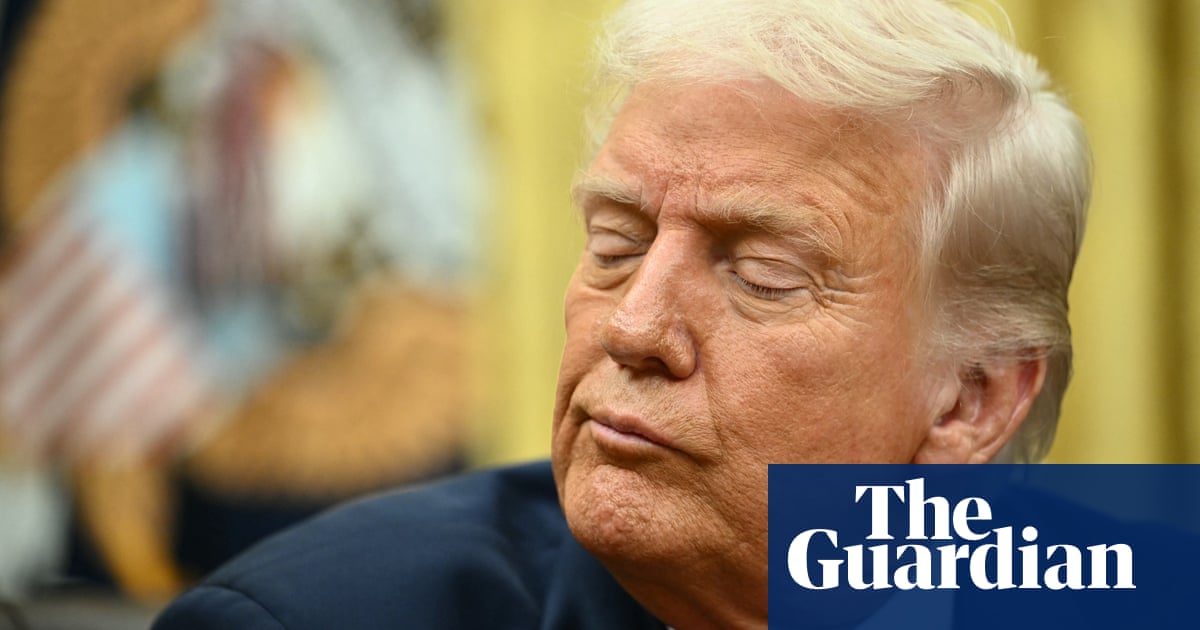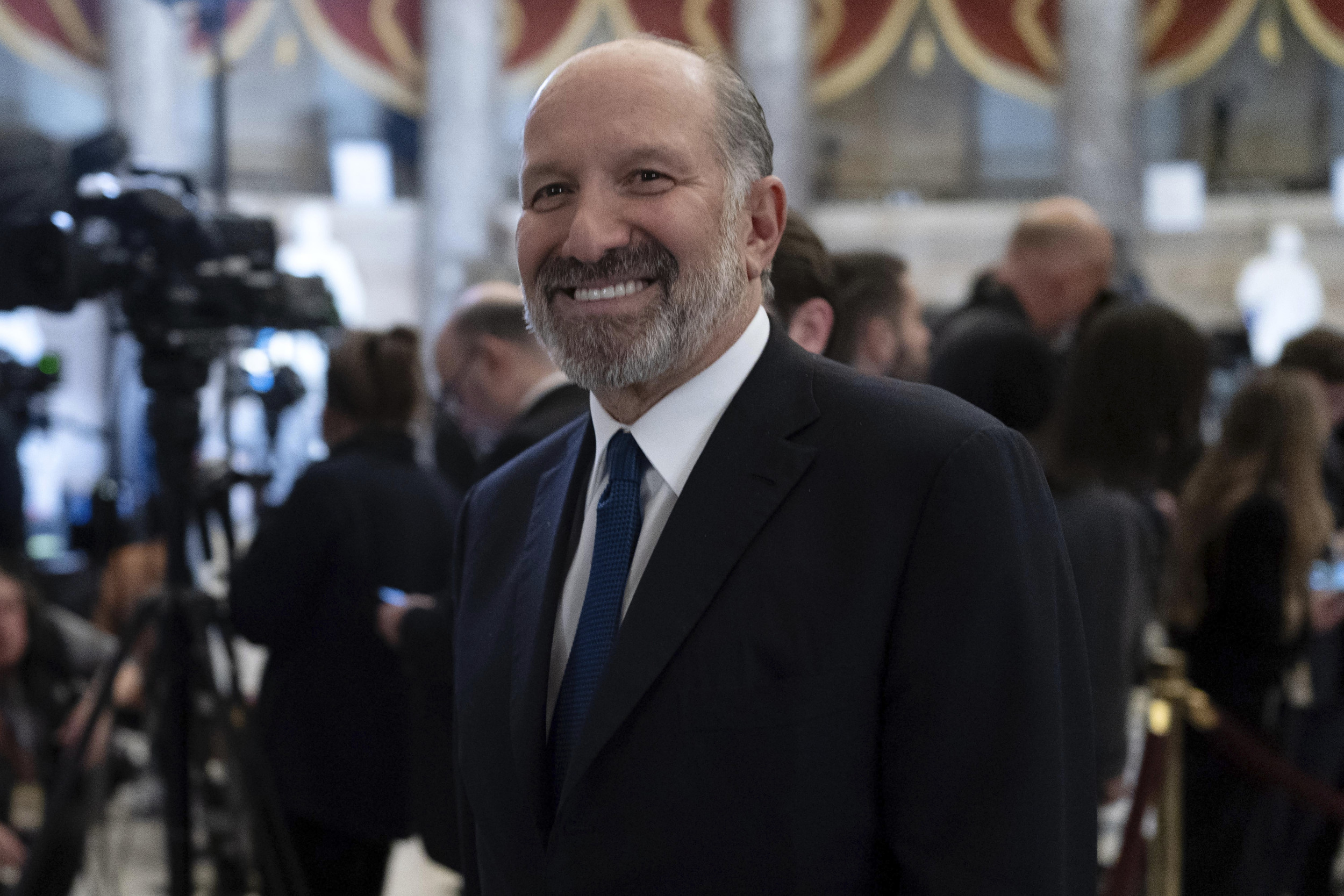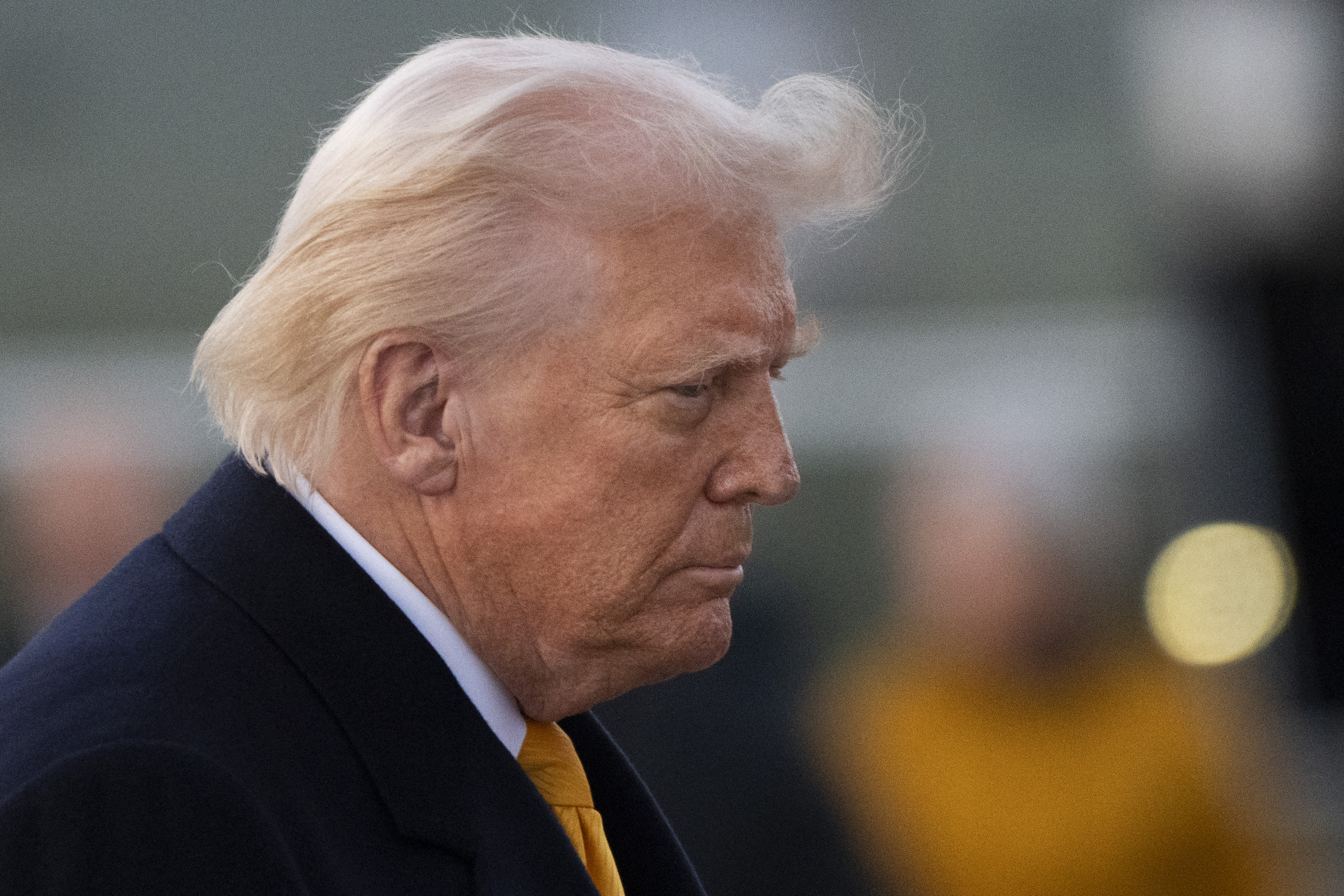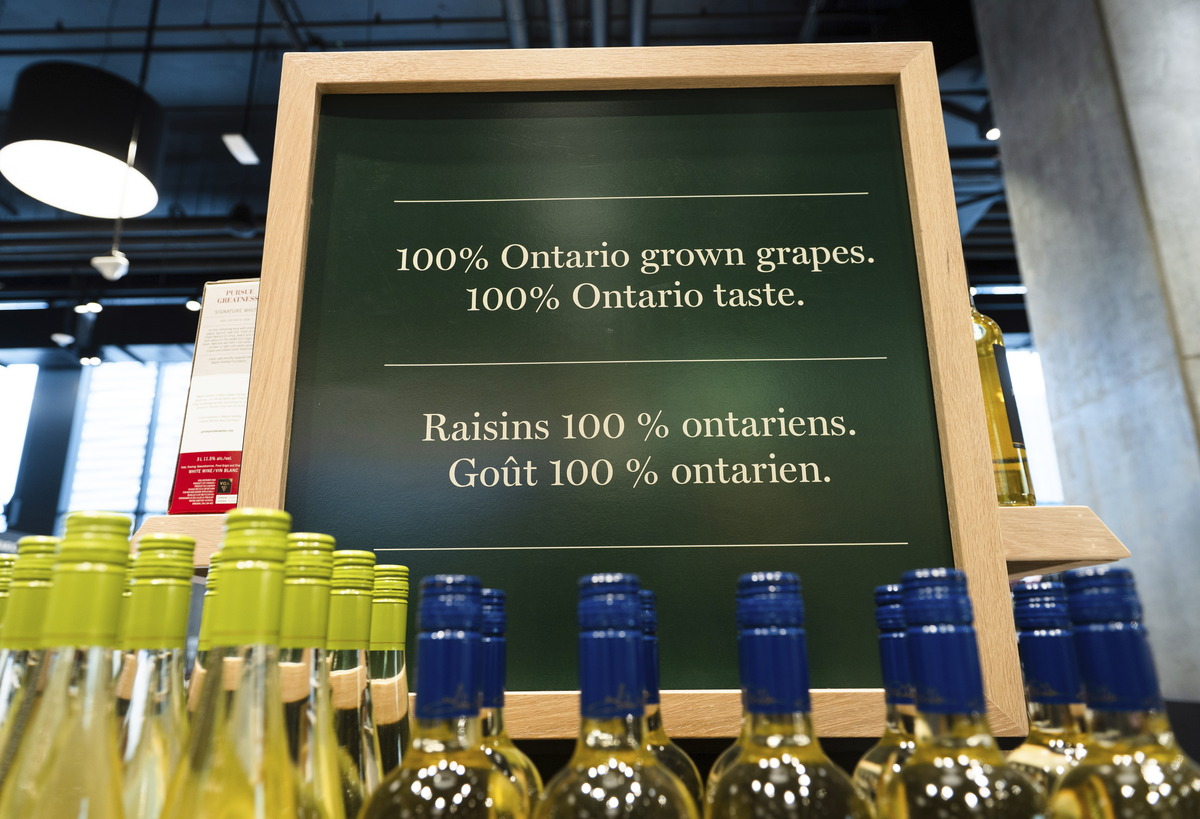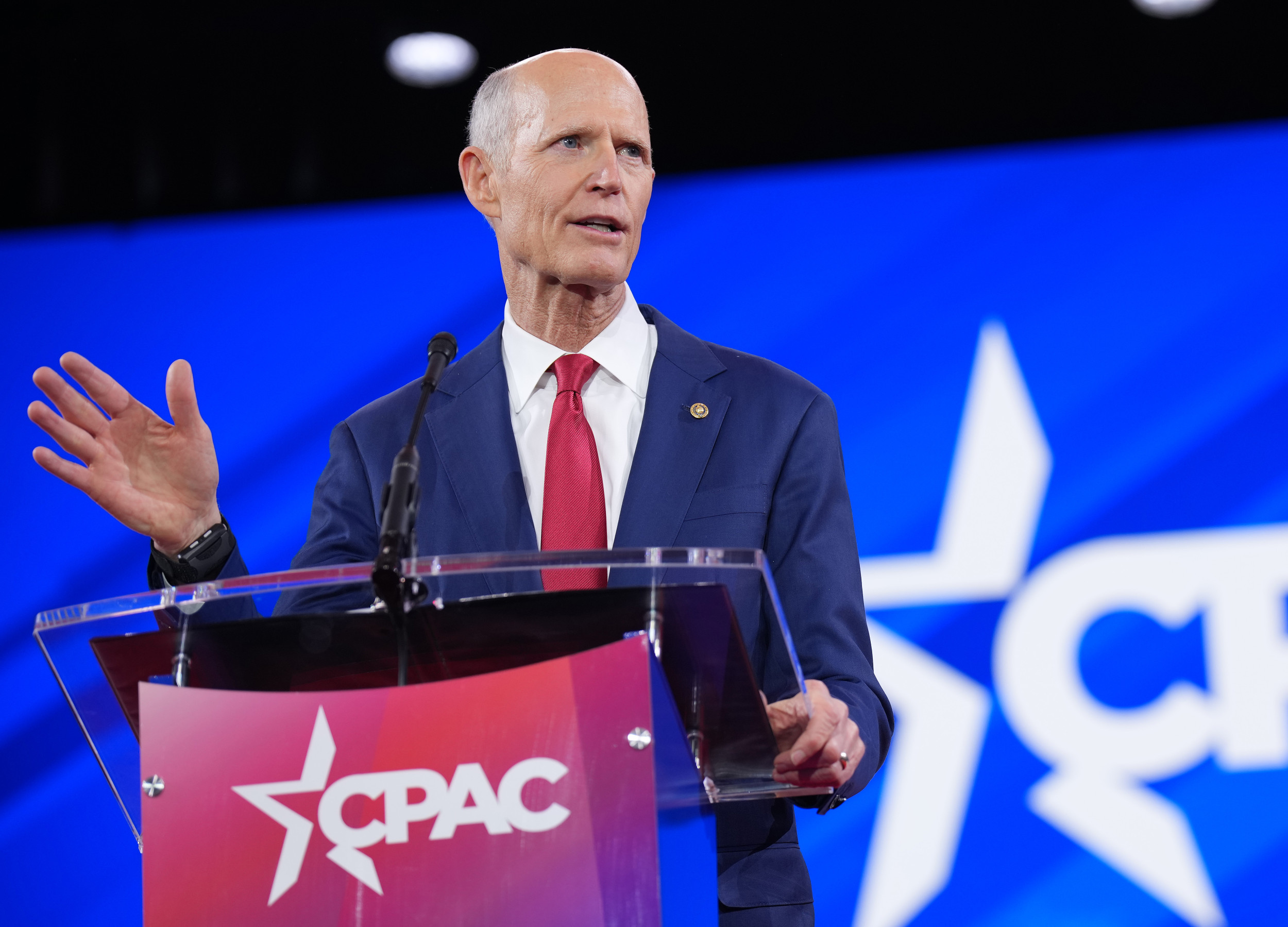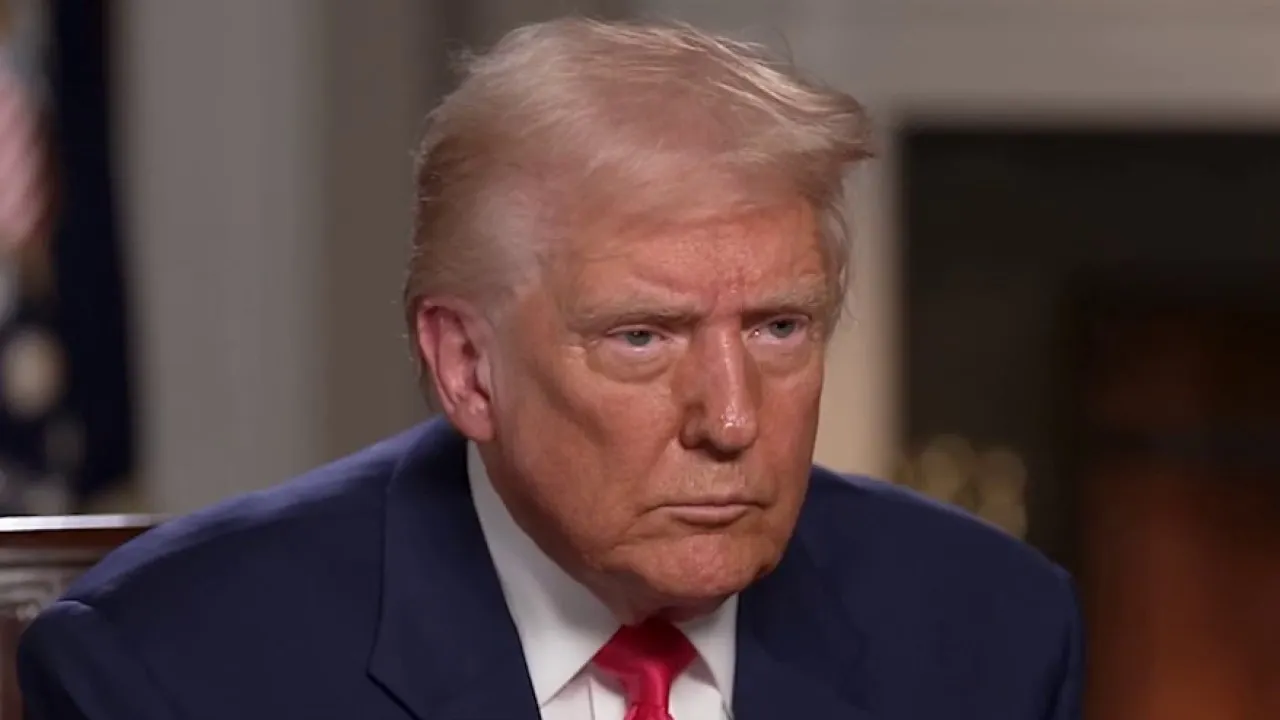Trump Stands Firm on Tariffs Amid Recession Concerns
President Trump insists tariffs will restore U.S. wealth despite recession fears and market volatility, emphasizing American interests and reciprocal trade practices.
Overview
President Trump reaffirmed his commitment to impose reciprocal tariffs on imports from various trading partners, set to commence on April 2. Acknowledging possible effects on U.S. growth, he remained optimistic that his strategy would benefit the American economy in the long run. Trump's prior 25% tariffs on Mexico and Canada were paused due to market turmoil, highlighting the uncertain impact of his trade policies. Commerce Secretary Howard Lutnick defended the tariffs’ purpose, claiming they would help domestic industries. Despite concerns of an economic downturn, Lutnick rejected predictions of recession, asserting the policies would foster significant growth.
Content generated by AI—learn more or report issue.

Get both sides in 5 minutes with our daily newsletter.
Analysis
- Trump's tariffs on imports from Mexico and Canada aim to address trade imbalances and illegal drug issues, but they also raise concerns about economic growth and market stability, as recent evidence suggests a rising likelihood of recession.
- Despite acknowledging potential disruptions, Trump argues that these tariffs will ultimately result in long-term benefits for the American economy, claiming they will bring wealth back to the country, though skepticism remains about their immediate impact.
- The administration's tariff policies are marked by confusion and hasty decisions, leading to criticism about their impact on businesses and the overall economy, especially in light of volatility in stock markets.
Articles (22)
Center (13)
FAQ
President Trump imposed a 25% tariff on all Canadian and Mexican goods, with a lower 10% tariff on Canadian energy imports.
The reciprocal tariffs aim to counter non-reciprocal trade arrangements by imposing tariffs equivalent to those faced by U.S. exports in other countries. This is part of the 'Fair and Reciprocal Plan' to address trade imbalances.
The tariffs have initiated a trade war with Canada and Mexico, with both countries facing significant economic impacts due to their reliance on U.S. trade. The U.S. aims to leverage these tariffs to address issues like drug trafficking and border security.
History
- 4M

 5 articles
5 articles


